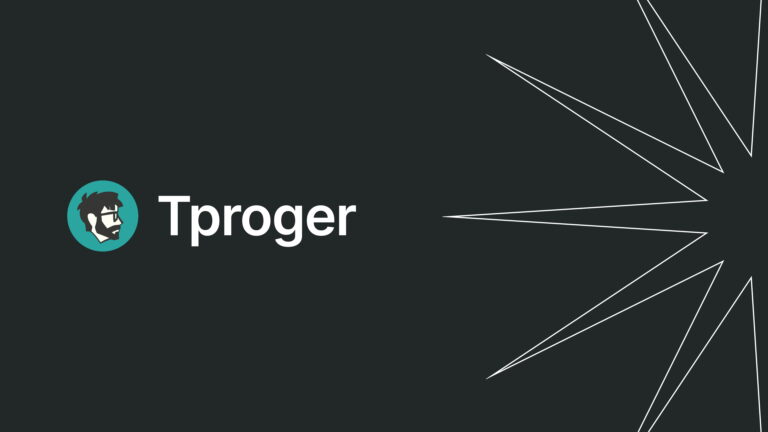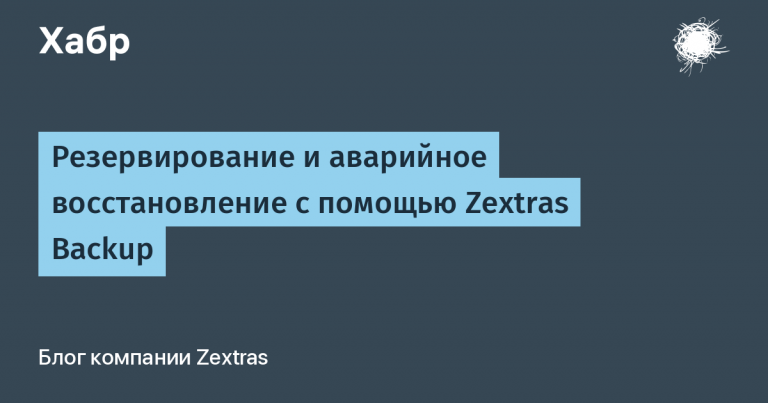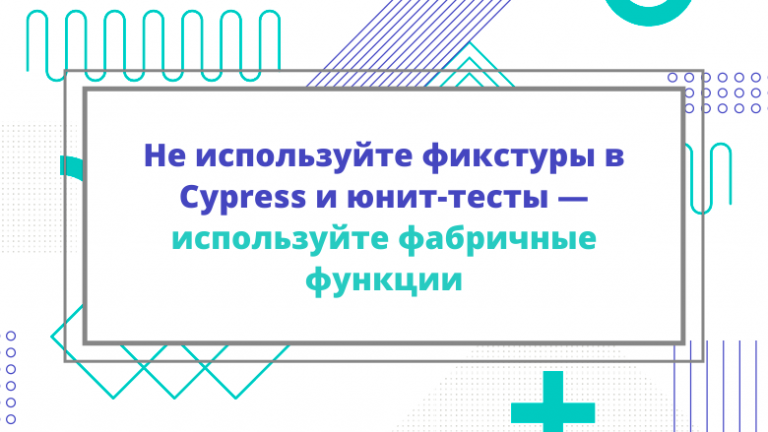What is a digital university for the rector, student and state
The trend towards import substitution and digital services has also penetrated into the social sphere. Leaders and government officials are talking about the need for digital transformation in education, and students are waiting for convenient applications and automation. Let's consider the approach to digitalization from different angles in our material.

Digital transformation of education at the state level
The technological component of education, namely the information systems, equipment, and infrastructure used in universities, represents only one aspect of the complex task of modernizing Russian education. Other aspects include updating educational programs, introducing new training models, and updating management processes.
The complex and multicomponent task of technological re-equipment thus becomes even more complex and difficult to implement. A separate point that legislators dwell on is the dependence of educational organizations on foreign software and the need to urgently replace individual solutions in the context of sanctions.
Normative base
The main regulatory documents, including technological re-equipment, automation and digitalization of processes, can be called:
Order of the Ministry of Telecom and Mass Communications dated February 1, 2015 No. 96 “On approval of the plan for import substitution of software.”
Order of the Ministry of Telecom and Mass Communications of September 20, 2018 No. 486 “On approval of methodological recommendations for the transition of state-owned companies to the primary use of domestic software, including domestic office software.”
Order of the Ministry of Telecom and Mass Communications of Russia dated September 20, 2018 No. 486 “On amendments to the order of the Ministry of Digital Development, Communications and Mass Communications of the Russian Federation.
Order of the Ministry of Telecom and Mass Communications of Russia dated April 18, 2019 No. 156 “On approval of methodological recommendations for the transition of state-owned companies to the primary use of domestic software, including domestic office software.”
Guidelines Ministry of Science and Higher Education of the Russian Federation on the transition of educational organizations of higher education to the primary use of domestic software (messengers and video conferencing), including domestic office software dated 03/31/2022.
Decree of the President of the Russian Federation of March 30, 2022 No. 166 “On measures to ensure technological independence and security of the critical information infrastructure of the Russian Federation.”
Departmental digital transformation program of the Ministry of Education of the Russian Federation for 2021 and the planning period 2022-2023.
Order of the Government of the Russian Federation of December 21, 2021 No. 3759-r On approval of the strategic direction in the field of digital transformation of science and higher education.
Current level of digitalization of universities
One of the components of government programs is to conduct research on the current status of digitalization of universities and other educational organizations. One of the latest studies was conducted by the Russian Ministry of Education and Science from July 4 to July 19, 2023.
The study involved 389 educational organizations of higher education and 217 scientific organizations, which is 31% and 13% of all organizations subordinate to the Ministry of Education and Science of Russia, respectively.
Results of the study of digitalization of universities and scientific organizations
ERP (enterprise resource management) system was implemented by 11% of organizations.
LMS (learning management system) system – 25%.
CRM system – 15%.
Digitalization of administrative departments was completed in 51% of organizations.
Equipping with videoconferencing systems – 52%.
Social media and website channels work effectively in 53% of organizations.
The share of organizations with access to cloud resources is 38%.
The share of organizations that have implemented a centralized data management policy is 23%.
Source: project of the strategic direction of digital transformation of the science and higher education industry
Digital transformation at the university level
University administrations are broadcasting more specific tasks and problems of digitalization. One of the pressing issues is the lack of recommendations and roadmaps. As a result, each university independently determines priority areas of digitalization, which in the future require technologically complex processes of integration and modernization of other components.
The most significant problems of digitalization
Lack of ready-made platform solutions for digitalization of universities
Digital talent shortage at universities
Cyber threats
Problems of implementing Russian solutions when replacing foreign products
1C: University as a comprehensive solution
One of the comprehensive digitalization solutions is 一 1C: University. The product allows you to automate many processes, including the admissions campaign, financial management, educational process, administrative and economic activities and many others.
11% of ERP implementations in a study by the Ministry of Education and Science indicate the difficulties of implementing large solutions. In addition to the financial costs of product licenses, implementation will require the involvement of qualified specialists, as well as costs for infrastructure modernization.
1C: University implementation practices are widely discussed at round tables and conferences. In November 2023, a round table “Digitalization of a modern educational institution” was held at the Kaliningrad State Technical University.
Successful cases were discussed along with the problems of implementing complex systems. For example, creating an automated admissions campaign based on one of the 1C:University subsystems. South Ural State Medical University has introduced an electronic queue and publication of lists of applicants. Also, the university has already implemented student management subsystems, an electronic journal, recording session performance and other processes.
The most important factors for successful implementations, according to the speakers, were the choice of a reliable and competent contractor, as well as coordination and support from the university team.
The most important services for students
On the one hand, students can act as active and interested users of digital services, which contribute to faster implementation and testing of new products. On the other hand, it is important to remember that student activity influences the formation of the university’s image in the public field.
The effective operation of digital services will thus serve both the goals of digital transformation and increasing the level of communication and recognition of the university.
Currently, the market offers both complex solutions and individual services that make it possible to simplify the organization of educational activities:
Electronic schedule and practice planning
Automated receipt of certificates from the dean's office
Automated progress records, electronic grade books
Access control and management systems (ACS) for organizing access control
Access to the schedule, university news, and the creation of applications can be implemented in different ways: through a mobile application, a personal account on the university website, or a corporate portal.
On April 11, we held a free webinar on the digitalization of universities, where we discussed the main issues and aspects of this process. Get webinar materials you can follow the link. If you have any questions, ask in the comments, we will try to answer.



